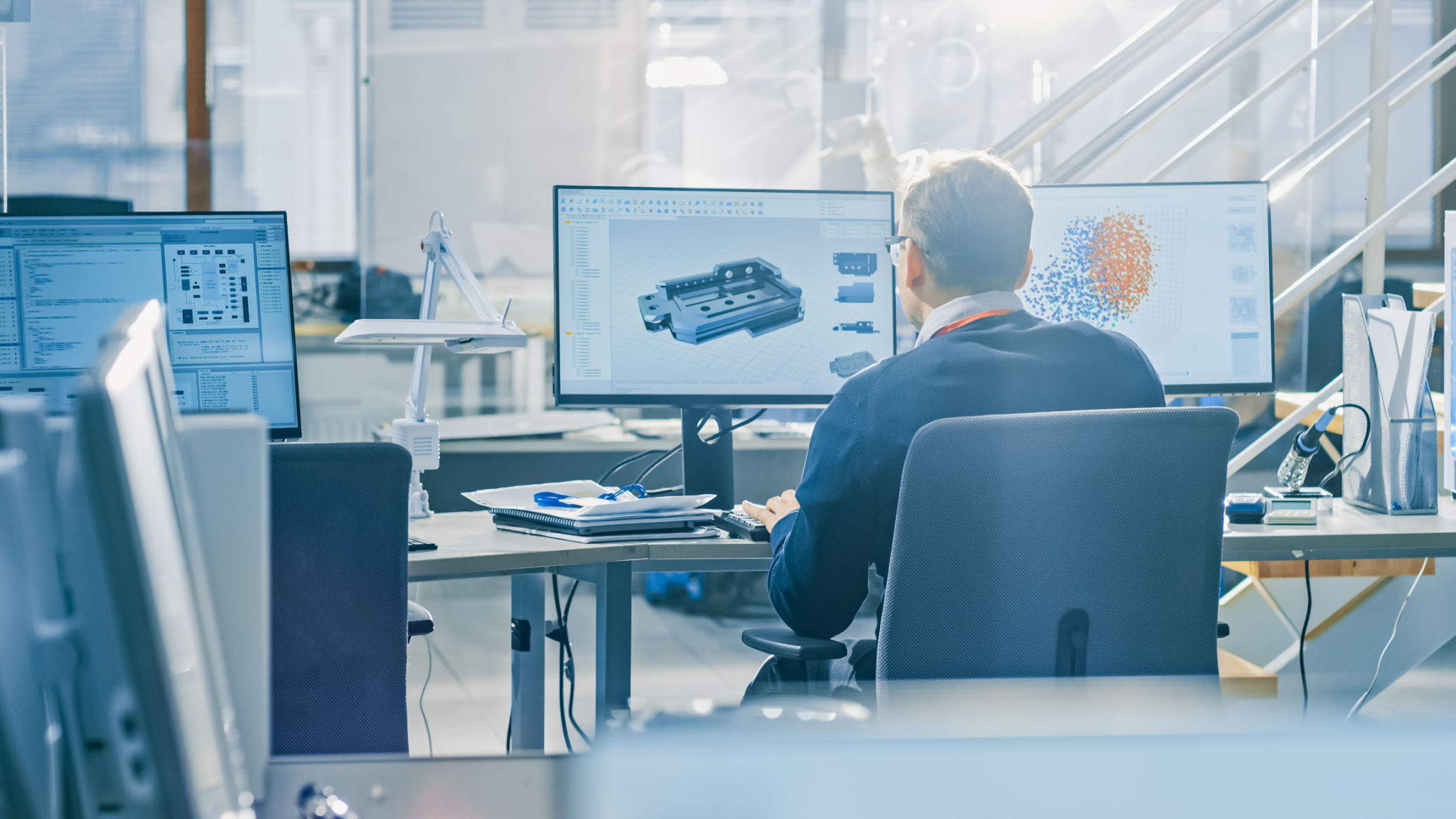The Future of CAD Design Services: Trends and Innovations
The Evolution of CAD Design Services
Computer-Aided Design (CAD) has revolutionized the way industries approach design and manufacturing. Initially used for drafting, CAD has expanded into a versatile tool essential for various fields. As we look into the future, CAD design services are poised to undergo significant transformations, driven by technological advancements and industry demands.
With the rapid pace of innovation, professionals are witnessing a shift towards more integrated and intelligent CAD systems. This evolution is not just about enhancing existing tools but redefining the entire design process. The rise of AI, machine learning, and data analytics plays a crucial role in this transformation.

Integration of Artificial Intelligence
The integration of Artificial Intelligence (AI) in CAD software is one of the most exciting trends. AI algorithms can automate repetitive tasks, allowing designers to focus on more complex aspects of a project. Moreover, AI can help in predicting design outcomes and optimizing designs for performance and efficiency.
Machine learning, a subset of AI, enables CAD systems to learn from past designs and user preferences. This ability allows for more personalized and efficient design solutions, ultimately reducing the time and cost associated with product development.

Cloud-Based CAD Solutions
As businesses continue to embrace digital transformation, cloud-based solutions are becoming the norm across industries. CAD services are no exception. Cloud-based CAD offers several benefits, including real-time collaboration, enhanced accessibility, and improved data security.
With cloud-based platforms, teams can work on projects simultaneously from different locations, facilitating better communication and faster decision-making. These systems also ensure that all team members have access to the latest design files, reducing the risk of errors due to outdated information.

Augmented Reality and Virtual Reality in CAD
Augmented Reality (AR) and Virtual Reality (VR) are transforming how designers visualize and interact with their projects. These technologies offer immersive experiences that allow designers to view models in a three-dimensional space, providing a better understanding of the final product.
By incorporating AR and VR into CAD services, companies can improve design accuracy and client presentations. These tools enable stakeholders to experience designs in real-world scenarios, offering insights that traditional two-dimensional drawings cannot provide.
Sustainability and Eco-Friendly Designs
As environmental concerns grow, the demand for sustainable design practices is increasing. CAD tools are evolving to support eco-friendly designs by offering features that assess environmental impact. These tools can help designers select sustainable materials and optimize designs for energy efficiency.
Emphasizing sustainability in CAD design is not just a trend but a necessity. It enables companies to align with global environmental standards and meet consumer expectations for greener products.

The Role of Generative Design
Generative design is an innovative approach that leverages algorithms to explore all possible design solutions. By setting specific constraints and goals, designers can use generative design to produce multiple iterations quickly. This technique is particularly useful in complex projects where traditional methods may fall short.
Generative design not only accelerates the design process but also encourages creativity by presenting unexpected solutions. As this technology becomes more integrated into CAD systems, it will undoubtedly open new possibilities for designers across various industries.
The Future Landscape
The future of CAD design services is bright, with numerous trends and innovations shaping its path. As technology continues to advance, CAD systems will become more intuitive, intelligent, and integral to business operations. Companies that stay ahead of these trends will be well-positioned to harness the full potential of CAD technology.
By embracing these innovations, businesses can enhance their design processes, reduce costs, and create products that meet modern demands. The ongoing evolution of CAD services promises to usher in a new era of creativity and efficiency in design.